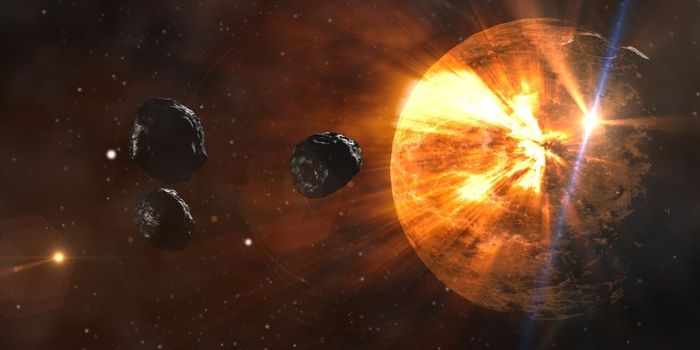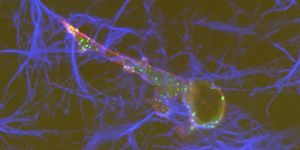Your body may look nearly symmetrical on the outside, but on the inside it is anything but! Most of our vital organs are asymmetrically arranged, either on the right or left side of our bodies, despite being singular in number. Our lungs, of which we have two and so they could hypothetically be arranged symmetrically in our bodies, are nevertheless asymmetrical - the right lung has two lobes while the left has three! Even our brain, while looking quite similar on both sides, has totally different functions on opposite sides. So is there a reason behind all this asymmetry, or is it just chance?
One explanation for our asymmetry points towards a small pit in the early embryo called a node. On the node there are tiny hairs, cilia, which all move in the same direction, thus pushing fluid around in the embryo to the left, which in turn activates specific genes on the left side, which eventually become our asymmetric organs. In fact, it only takes a few hours of this before the right and left side of the embryo are chemically different, even if they still appear identical!
Looking carefully, we can also determine that most cells themselves, not only human, are intrinsically asymmetrical, even without cilia to move them around. Proteins, sugars, and nucleic acids prove that asymmetry at the molecular level is more often the rule than the exception. And because we're made up of these building blocks, it makes sense that we're mostly asymmetrical too!








